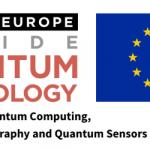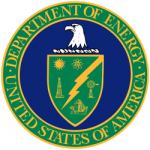Findings in Higher Temperature Superconductors Opens a New Frontier in Cuprate Research

(ScienceDaily) Superconductors are quantum materials that are perfect transmitters of electricity and electronic information. Although they form the technological basis of solid-state quantum computing, they are also its key limiting factor because conventional superconductors only work at temperatures near -270 °C. This has motivated a worldwide race to try to discover higher temperature superconductors. Materials containing CuO2 crystal layers (cuprates) are, at present, the best candidate for highest temperature superconductivity, operating at approximately -120 °C.
A team led by Prof. JC Seamus Davis (University of Oxford) and Prof. Andrew P. Mackenzie (Max Planck Institute CPfS, Dresden) with key collaborators Dr. Stephen D. Edkins and Dr. Mohammad Hamidian (Cornell University) and Dr. Kazuhiro Fujita (Brookhaven National Lab.), used high magnetic fields to suppress the homogeneous superconductivity in the cuprate superconductor Bi2Sr2Ca2CuO2.
They then carried out atomic-scale visualization of the electronic structure of the new field-induced phase. Under these circumstances, modulations in the density of electronic states containing multiple signatures of a PDW state were discovered. The phenomena are in detailed agreement with theoretical predictions for a field-induced PDW state, implying that it is a pair density wave which competes with superconductivity in cuprates.
Their discovery makes it clear that in order to understand the mechanism behind the enigmatic high temperature superconductivity of the cuprates, this exotic PDW state needs to be taken into account, and therefore opens a new frontier in cuprate research.























